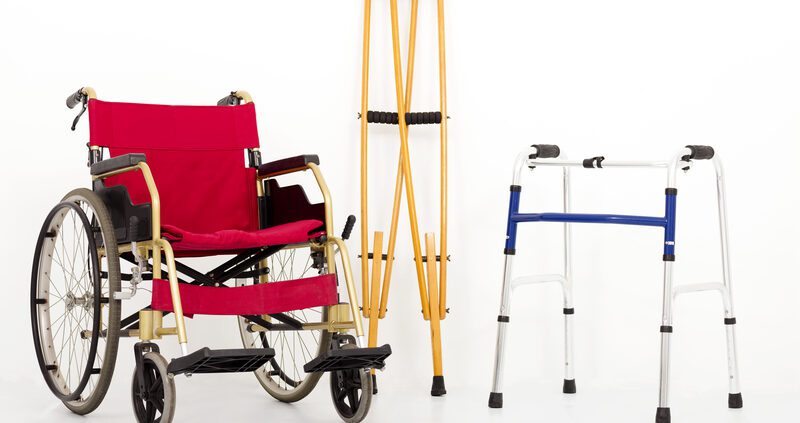The Benefits of Making Your Home More Accessible
Creating a home that is accessible offers a range of advantages for homeowners, from enhancing resale value to accommodating aging loved ones. The incorporation of accessible features promotes improved safety, creating a welcoming and secure environment for everyone.
Greater Resale Value
The accessibility of a home is a key factor that can significantly impact its resale value. Homes with features designed for accessibility appeal to a broader market, attracting potential buyers with diverse needs. A home equipped with ramps, wider doorways, and other accessibility modifications becomes a versatile living space that caters to a wide range of individuals, including those with mobility challenges. This increased desirability often translates into a higher resale value, making the investment in accessibility modifications a strategic decision for homeowners. Homes located in walkable neighborhoods with access to public transportation also tend to have a higher resale value. This is because these features make the home more desirable and convenient for potential buyers, especially those who prioritize sustainability and avoiding long commutes. Proximity to amenities such as grocery stores, schools, and parks can also add value to a home, as it enhances the overall quality of life for its residents.
Accommodate Aging Loved Ones
As families evolve, the need to accommodate aging loved ones becomes a priority. Making a home more accessible is a proactive approach to addressing the changing needs of family members as they age. Features such as grab bars in bathrooms, ramps for entryways, and lever-style door handles can make daily activities more manageable for seniors. Elderly patients tend to live longer in a home environment than in a hospital. It is crucial to make necessary changes in the house to ensure their safety and comfort. One of the primary considerations when accommodating aging loved ones is accessibility. This means making sure that all areas of the home are easily accessible for seniors with mobility issues. This can include widening doorways, installing handrails or grab bars on stairways, and removing tripping hazards such as loose rugs. It’s essential to consider the layout of the home. A single-story home or one with a bedroom and bathroom on the main level is ideal for seniors who may have difficulty with stairs. Alternatively, if moving to a new home isn’t an option, consider renovating existing spaces to create a more accessible living area.
Improved Safety
Accessibility modifications contribute to enhanced safety within the home, benefitting occupants of all ages. Installing handrails and grab bars can prevent slips and falls, creating a secure environment for everyone, including young children and individuals with mobility limitations. Wider doorways and ramps make it easier to navigate the home, reducing the risk of accidents and injuries. By prioritizing accessibility, homeowners can create a living space that promotes independence and well-being for all residents. There are also technological advancements that can greatly improve safety in the home. Smart home devices, such as voice-activated assistants and motion sensors, can assist individuals with disabilities or mobility limitations in performing daily tasks. For example, turning on lights or adjusting the thermostat can be done with a simple voice command instead of having to physically reach for switches or buttons.
The benefits of making a home more accessible extend beyond convenience, encompassing increased resale value, the ability to accommodate aging loved ones, and improved safety for everyone. These modifications transform a home into a versatile and welcoming space that adapts to the evolving needs of its occupants.
Did You Enjoy Reading This Article? Here’s More to Read: Where to Perform Due Diligence in a Home Project




